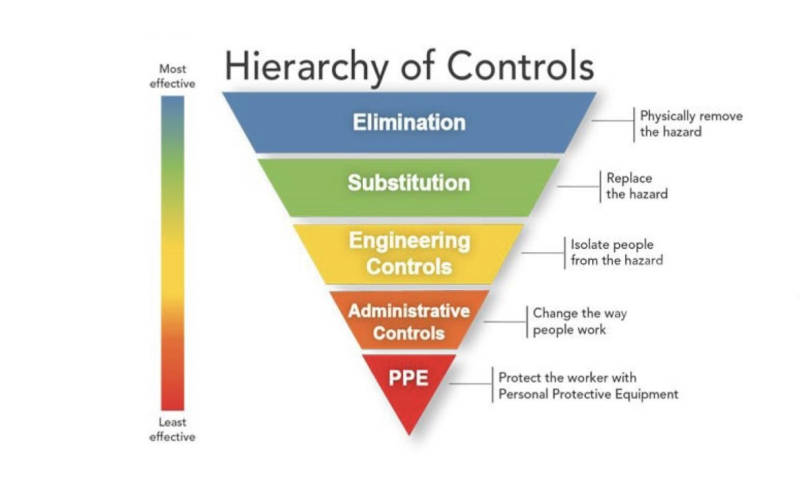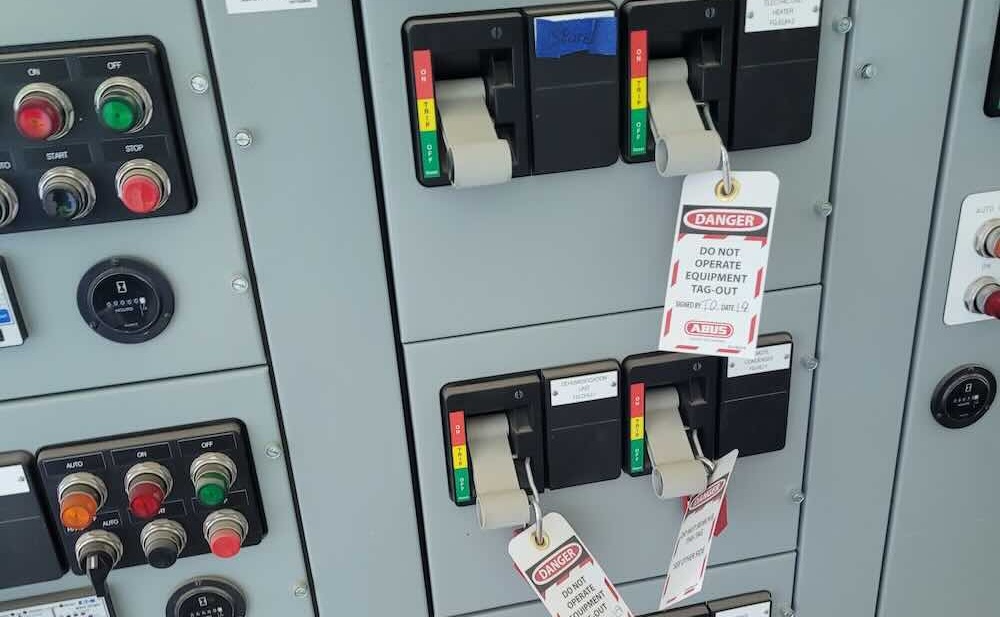An electrical fault should be cleared as fast as possible while containing the outage to the smallest possible area. This requirement, known as 'selective coordination,’ is met when overcurrent protective devices installed closest to the fault open before protective devices installed upstream. One method of ensuring selective coordination is to examine each overcurrent device’s time...
An electrical fault should be cleared as fast as possible while containing the outage to the smallest possible area. This requirement, known as ‘selective coordination,’ is met when overcurrent protective devices installed closest to the fault open before protective devices installed upstream.
One method of ensuring selective coordination is to examine each overcurrent device’s time-current curve (TCC) and verify for any value of current, that the protective device closest to the fault clears faster than any upstream device.
To interpret the curves, locate a value of current on the bottom axis and follow that line vertically until it intersects the first device curve (Fig. 1). That first curve will be the first device to trip. Continue vertically to the next curve. That is the next device to trip. The time difference between the rightmost edge of the first curve and the leftmost edge of the second curve is called the Coordination Time Interval (CTI). If a point is discovered where an upstream device opens before the downstream device opens, that system is not selectively coordinated (Fig. 2).
Fuses
Can you use current limiting (CL) fuses to achieve selective coordination? Certainly! But as with all engineering, there are compromises to consider. One concern is increased arc flash hazard. Most people assume that CL fuses reduce the arc flash hazard, at least compared to breakers. But a CL fuse’s arc flash performance degrades as the fault current is reduced.
This creates a problem for plant environments. While we can calculate the maximum fault current, we don’t know the actual fault current. Depending on the amount of corrosion, dust, the geometry and metallurgy of conduit or enclosure sheet steel, plus any fault arc impedance, you have different impedances in the path of the fault. Therefore maximum incident energy to which a worker could be exposed cannot be known when a circuit is protected by CL fuses. Section 1.2 of the IEEE Standard 242 (Buff Book) states that “maximum fault protection may not simultaneously provide adequate protection against lower level current faults, which may involve an arc that is potentially destructive.”
Breakers
Can you use circuit breakers to achieve selective coordination? Certainly! But here the main concern is a loss of selective coordination when a fault exceeds the instantaneous pick up of both the device closest to the fault and any device upstream.
Theoretical problems and real-world situations are different things. Think about real-world bolted faults. When multiple conductors per phase are improperly terminated, you could get a bolted fault, but that fault current must flow through those long conductors downstream from the breaker, reducing the fault magnitude.
Additionally, arc impedance is added to the path when a breaker opens. The first breaker to open will likely be the breaker closest to the fault because smaller breakers closer to the fault will have tripping mechanisms with lower mass compared to larger upstream breakers. The same current acting on a lower inertia mechanism results in faster opening compared to the larger upstream breakers. When that breaker closest to the fault opens first, its arc impedance forces a reduction in the current. If it is below the instantaneous pickup of the upstream breaker, selective coordination is achieved.
TCCs and selective coordination
When discussing selective coordination, note that TCCs for fuses and circuit breakers are properly displayed as a band — not a single line. If a TCC curve is shown as a single line, most likely it is the total clearing time curve, or perhaps an average clearing time curve. Note that because of the time difference between minimum melting time and total clearing time (or for breakers, pickup vs. total clearing time), a band must always be shown around that curve. Without this band, a user may accidentally create a selective coordination failure resulting from (hidden) curve overlap.
To coordinate devices, start at the load and select your protective device for that load. Next, select the next protective device upstream such that the TCC of the upstream device has at least 0.3 seconds of space between it and the downstream curve for all values of current. Attempting to coordinate more closely than this could result in curve overlap — especially if you have not field-verified the TCC. At high current levels, the corresponding clearing times will be much less than 0.3 seconds, meaning the curves will be extremely close together. This raises the possibility of overlap from even modest manufacturing tolerance differences. This is one of the reasons some jurisdictions only mandate selective coordination down to 0.1 seconds.
Coordination is affected by changes in the system. Protective device audits should be performed to ensure that changes to the system haven’t affected either selective coordination or arc flash safety. Verify that the proper rating, brand and type of each fuse is installed for each phase. Confirm that all breaker and protective relay settings match the study.
For breaker systems, perform time-to-trip tests to verify performance. For fused circuits, verify functionality of the disconnect switch and examine fuse ferrule, clips and switch mechanisms for signs of corrosion that may indicate internal, but hidden, corrosion to the fuse element which could change fuse trip characteristics. Review power quality meter logs looking for surges that could fatigue fuse elements.
Author Information
David G. Loucks is a solution manager for Eaton’s electrical business. In this position, Loucks solves problems related to networking and communications, motor control, logic systems, distributed generation system and power system analysis. He has more than 28 years of experience in control system and electrical distribution systems design, which includes 15 years with Westinghouse Electric Corp. and 13 years with Eaton Corp. Loucks holds four U.S. patents and has five additional U.S. patents pending.



